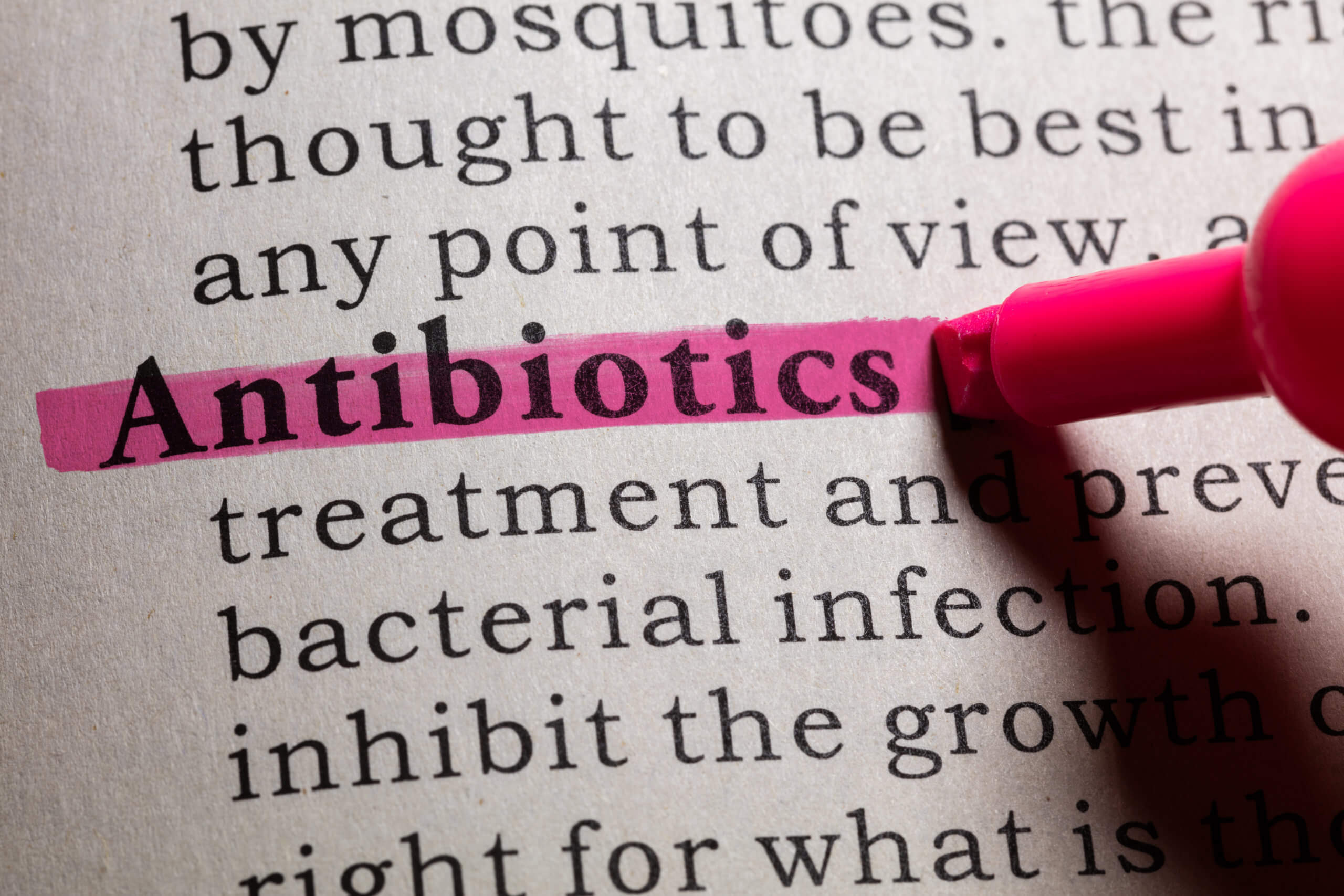Antibiotics are helpful for treating bacterial infections, but their life-saving treatment effects come at the cost of ‘good’ gut microbes. To make matters worse, antibiotic treatment has increased the risk of being drug-resistant and developing inflammatory infections later on in life. To reduce the downside of antibiotics, researchers from MIT have devised bacterial strains that work to protect the gut.
The engineered bacteria comes from a strain of bacteria called Lactococcus lactis that is found in cheese and programmed to produce an enzyme that breaks down a type of antibiotics called beta-lactams. Some popular antibiotics that fall into this category include ampicillin, and amoxicillin. These drugs are 60% of the antibiotics prescribed in the United States.
When taken orally, the bacteria crowds around the intestines where they secrete the enzyme beta-lactamase. The enzyme breaks down antibiotics that reach the intestinal tract. After antibiotics are delivered through the mouth, the drugs enter the bloodstream from the stomach. When the engineered bacteria is given with antibiotics, the research shows it protects gut microbes while not interfering with the antibiotic’s job.
“This work shows that synthetic biology can be harnessed to create a new class of engineered therapeutics for reducing the adverse effects of antibiotics,” says study senior author James Collins in a press release. Collins is a professor of medical engineering and science in MIT’s Institute for Medical Engineering and Science (IMES) and Department of Biological Engineering.
The approach could be helpful for antibiotics that are injected too as they also reach the intestine. When their job is done, the engineered bacteria is excreted from the digestive tract.
However, one issue that may arise when delivering both the antibiotic and the engineered bacteria is that beta-lactamase enzymes may contribute to antibiotic resistance to nearby cells and their genes can spread between different bacteria. To combat this problem, the researchers recoded how the bacteria creates the enzyme by breaking down the gene for beta-lactamase into two pieces. Because the gene fragments are on different pieces of DNA, the team says it is unlikely that both gene segments will transfer to another cell.
“Our biocontainment strategy enables the delivery of antibiotic-degrading enzymes to the gut without the risk of horizontal gene transfer to other bacteria or the acquisition of an added competitive advantage by the live biotherapeutic,” says Andres Cubillos-Ruiz, a research scientist at IMES and the Wyss Institute for Biologically Inspired Engineering at Harvard University and lead author of the study.
The team tested their new approach in an animal study where mice took two oral doses of the engineered bacteria for every injection of ampicillin. They found the bacteria successfully produced beta-lactamase and a high amount of ampicillin circulating in the bloodstream. Ampicillin levels were as high as mice who did not receive the bacteria.
Mice with the engineered bacteria maintained a higher microbial diversity level than mice that only received antibiotics. Mice with antibiotics had a tremendous drop in gut diversity. Further, mice with the engineered bacteria did not develop C. difficile bacterial infection. In contrast, mice who only had antibiotics had high levels of C. difficile in the gut. Many genes for antibiotic resistance in microbes were more likely to be present in mice who received only antibiotics, but this was not seen in mice with the engineered bacteria.
“This is a strong demonstration that this approach can protect the gut microbiota, while preserving the efficacy of the antibiotic, as you’re not modifying the levels in the bloodstream,” Cubillos-Ruiz says.
The study is published in the journal Nature Biomedical Engineering.
